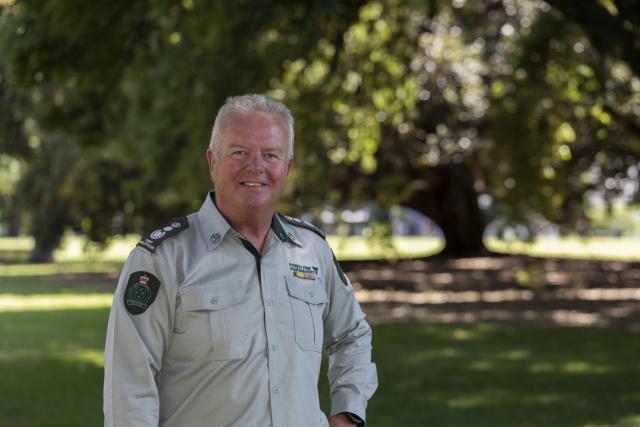By Chris Hardman, Chief Fire Officer
Reducing bushfire risk to protect life, property and the environment is at the heart of what Forest Fire Management Victoria does.
That’s why we’re focused on planning and delivering our bushfire risk management program all year round.
This past year, heavy rain and floods across large parts of the state have had a serious impact on our communities. This means less opportunities to lower bushfire risk through planned burning and other measures.
Following three years of lower fire risk seasons, this spring has already seen a significant number of bushfires, particularly in the east of the state. My thoughts go to the communities affected by bushfire, and I thank our crews, contractors, incident management personnel and partner agencies for the work they do to keep our communities safe.
Preparing for a Victorian summer takes a lot of planning. As part of our year-round approach to reducing bushfire risk, last year we delivered bushfire risk reduction works across more than 92,000 hectares of public land across the state.
This included planned burning and mechanical treatments such as mulching, mowing, slashing and spraying, as well as constructing and maintaining strategic fuel breaks and upgrading and maintaining the public land road network.
Despite the fire activity we have already seen in spring, our bushfire risk management program will continue where conditions are suitable and it is safe to do so.
Planned burning, mechanical treatments and planned burn preparation are our highest priority into late spring and early summer because if a bushfire starts, these activities will help us suppress fires.
Reducing fuels like grass, leaves, bark, shrubs and fallen branches means fires are less intense and slower to spread, which helps firefighters keep bushfires smaller and contained before they pose a risk to the things we care about – our communities and our environment.
Victoria will always have bushfires, but we want our communities to know that when a bushfire starts, we are ready to respond with close to 1,800 FFMVic personnel on the frontline this season. They are part of DEECA’s 3,000 personnel who perform a fire or emergency role, which also include around 1,200 personnel who hold accreditations in incident management roles.
Our firefighting equipment includes more than 500 ultralight tankers, around 100 heavy tankers, as well as more than 300 additional plant and trucks including dozers, tractors, graders, loaders, forklifts and excavators.
Ground operations are also supported by Victoria’s aerial fleet of 51 aircraft contracted for the 2023-24 summer season. The fleet includes a mix of firebombing aircraft, air supervision and aerial information gathering aircraft. It is supplemented by up to 100 aircraft that can be called when needed.
We are also supported by a plant panel of around 400 contractors (including 19 harvest & haulage contractors) that we can call on for fire suppression work using skilled personnel, dozers, graders, excavators, harvesters and other machinery.
But Victorians also need to be prepared for bushfires if they live, work or visit areas at risk of fire.







